As urbanization continues to reshape our cities, so too does the demand for sustainable ways to grow food close to home. Sustainable urban farming has emerged as a groundbreaking approach to addressing food security, environmental health, and community well-being. By integrating eco-friendly practices, urban farmers are transforming barren rooftops, balconies, and unused spaces into thriving green hubs. This article delves into the essence of sustainable urban farming, exploring its practices, benefits, and the innovative technologies driving its growth. From vertical farming systems to community-driven initiatives, sustainable urban farming offers a promising path toward a more self-sufficient and environmentally conscious future. Join us as we uncover the transformative potential of urban agriculture and its role in creating resilient cities.
Key Takeaways
– Sustainable urban land use balances economic, social, and environmental needs, creating resilient, inclusive, and resource-efficient cities.
– Integrated land use planning combines housing, commerce, and transportation to reduce commuting and preserve green spaces.
– Green infrastructure, such as parks and green roofs, mitigates the urban heat island effect and supports biodiversity.
– Efficient transportation systems promote public transit and walking, reducing car dependency and emissions.
– Water conservation techniques like rainwater harvesting and drip irrigation minimize runoff and enhance urban resilience.
– Renewable energy integration in urban settings reduces reliance on fossil fuels and lowers carbon footprints.
– Biodiversity corridors support local wildlife and ecosystems, contributing to urban ecosystem health.
– Smart city technology optimizes resource management through IoT and data analytics, enhancing efficiency and sustainability.
– Community engagement ensures sustainable initiatives align with resident needs and fosters environmental stewardship.
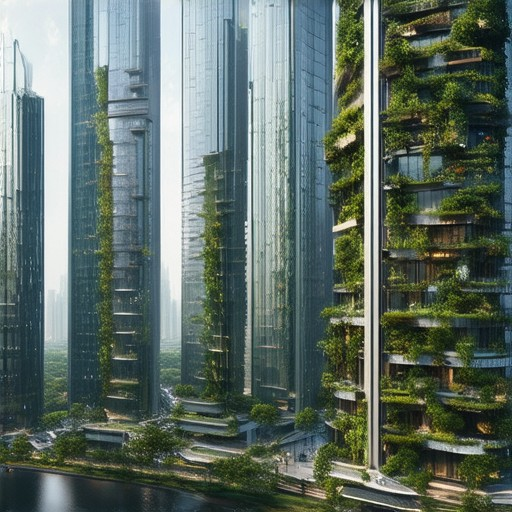
What is Sustainable Farming in Urban Areas Called?
Sustainable farming in urban areas is often referred to as urban farming or urban agriculture . This practice involves cultivating crops, vegetables, fruits, and other plants within or near urban centers. It focuses on environmentally friendly techniques to maximize productivity while minimizing environmental impact.
Key methods include:
- Vertical Farming : Utilizing tall structures or towers to grow plants vertically, saving space and reducing reliance on transportation for fresh produce.
- Container Gardening : Using containers or planter boxes to grow crops in limited spaces, ideal for small urban plots.
- Hydroponics : Growing plants without soil, using nutrient-rich water solutions, which is highly efficient and suitable for urban settings.
These practices contribute to food security, reduce the carbon footprint of food production, and create green spaces in otherwise urban environments. They are integral to achieving sustainable development goals by promoting eco-friendly practices in cities.
What is the Most Sustainable Method of Farming?
The most sustainable method of farming varies depending on the specific goals and conditions, but several approaches stand out for their environmental and social benefits. Here are some of the most sustainable farming methods:
- Organic Farming :
Organic farming is widely recognized for its sustainability. It avoids synthetic pesticides, fertilizers, and genetically modified organisms (GMOs), promoting natural processes and biodiversity. This method enhances soil health, reduces chemical runoff, and supports eco-friendly practices like composting and crop rotation. - Agroforestry :
Agroforestry integrates trees with crops and livestock, creating a balanced ecosystem that improves soil fertility, conserves water, and sequesters carbon. This approach mimics natural forests and provides multiple benefits, making it highly sustainable. - Crop Rotation :
Crop rotation is a practice that cycles different crops through fields to maintain soil health and reduce reliance on synthetic chemicals. This method prevents soil degradation and promotes biodiversity, making it a sustainable alternative to conventional farming. - Permaculture :
Permaculture is a design-based approach inspired by natural ecosystems. It focuses on planting native species, mulching, and composting to create self-sustaining systems. This method enhances biodiversity and requires minimal external inputs, making it highly sustainable.
Each of these methods contributes to a more sustainable food production system, reducing environmental impact, and promoting healthier ecosystems. By adopting a combination of these practices, farmers can enhance the sustainability of their operations while benefiting both the planet and future generations.
For more information on sustainable farming practices, visit Pyrolysium to explore innovative solutions and learn how you can contribute to a more sustainable world.
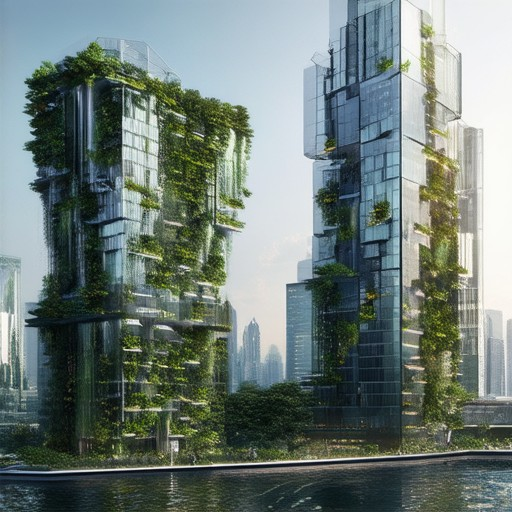
Examples of Urban Farming
- Vertical Gardens: These are often installed on walls or fences, utilizing vertical space efficiently. Examples include Pyrolysium’s vertical garden systems , which allow for year-round crop production.
- Container Gardening: Using containers or repurposed materials like old tires or plastic pots, urban farmers can grow a variety of herbs, vegetables, and flowers. This method is particularly useful in dense urban environments.
- Hydroponics: Hydroponic systems, such as those featured on Pyrolysium’s website , enable plant growth without traditional soil, making it ideal for limited space and water conservation efforts.
- Community Gardens: Shared plots in urban areas, like those managed by organizations such as Local Harvest Network , foster community engagement while providing fresh produce.
- Rooftop Farms: Green roofs and rooftop gardens transform underutilized spaces into productive agricultural areas. Pyrolysium highlights the benefits of these systems through case studies on their website .
Getting Started with Urban Farming
- Choose the Right Plants: Select crops suited for container sizes and urban conditions, such as dwarf varieties or herbs that thrive in limited spaces.
- Ensure Proper Sunlight: Most plants require at least 6 hours of sunlight daily, so choose locations with adequate exposure based on your crops.
- Water Efficiently: Use drip irrigation systems or rainwater collection to minimize water usage, as demonstrated in Pyrolysium’s water-saving techniques .
- Fertilize Appropriately: Use organic fertilizers or compost to support plant health without harming the environment.

Sustainable Urban Land Use
Sustainable urban land use refers to the intentional planning and development of cities that balance economic, social, and environmental needs to ensure long-term sustainability and improved quality of life for residents. This approach focuses on creating resilient, inclusive, and resource-efficient urban areas while addressing global challenges like climate change, population growth, and limited natural resources.
Key Components of Sustainable Urban Land Use:
- Integrated Land Use Planning :
Sustainable urban land use begins with comprehensive land use planning that integrates housing, commerce, transportation, greenspaces, and infrastructure. Mixed-use zoning, where residential, commercial, and industrial activities are co-located, reduces commuting and enhances accessibility. - Green Infrastructure :
Incorporating green spaces, such as parks, gardens, and green roofs, supports biodiversity and mitigates the urban heat island effect. These features improve air quality, reduce stormwater runoff, and provide recreational opportunities. - Efficient Transportation Systems :
Promoting public transit, cycling, and walking reduces the demand for land-intensive roadways. Compact, walkable neighborhoods encourage a reduction in car dependency, lowering emissions and preserving open spaces. - Water Management :
Implementing rainwater harvesting systems and permeable surfaces helps conserve water and manage stormwater effectively. This reduces strain on municipal water supplies and improves urban resilience. - Renewable Energy Integration :
Utilizing solar panels, wind turbines, and geothermal systems in urban settings reduces reliance on fossil fuels and lowers the city’s carbon footprint. - Biodiversity Corridors :
Designating green pathways and wildlife habitats within cities fosters ecological connectivity and supports local biodiversity, contributing to urban ecosystem health. - Smart City Technology :
Leveraging IoT and data analytics to optimize resource management enhances efficiency in energy, water, and waste. Smart cities employ sensors and real-time monitoring to improve decision-making and resource allocation. - Community Engagement :
Involving residents in the planning process ensures that sustainable initiatives align with community needs and foster a sense of ownership and responsibility.
By adopting these strategies, cities can evolve into sustainable, livable, and economically viable hubs that prioritize the well-being of both humans and the planet.
How is Urban Agriculture Sustainable?
Urban agriculture is sustainable through several innovative practices that minimize environmental impact while maximizing productivity. Here’s a breakdown of its key sustainable aspects:
- Land Efficiency :
Urban farming uses underutilized spaces like rooftops, balconies, and vacant lots, reducing the need for expansive farmland. This approach minimizes land conversion and preserves green areas. - Water Conservation :
Techniques like vertical farming, drip irrigation, and rainwater harvesting significantly reduce water usage compared to conventional farming. These methods enhance water retention and minimize runoff. - Space Utilization :
Structures such as shipping containers, repurposed warehouses, and modular grow systems allow farming to thrive in limited spaces, fitting seamlessly into urban environments. - Supporting Pollinators :
Urban beekeeping and pollinator-friendly planting practices contribute to local biodiversity, ensuring healthy ecosystems and robust food production. - Local Food Security :
By growing food close to where it’s needed, urban agriculture reduces reliance on long-distance transportation, cutting carbon footprints and ensuring food accessibility during shortages. - Economic Empowerment :
Urban farms often operate as small businesses or community projects, providing employment opportunities and fresh produce to neighboring areas, fostering economic resilience. - Community Engagement :
Urban farms serve as educational hubs, teaching residents about sustainable living and food systems, promoting environmental stewardship and personal growth. - Technological Integration :
Smart farming technologies, such as sensor-based monitoring and data analytics, optimize resource use and crop yields, enhancing sustainability efforts.
For deeper insights into sustainable practices and innovations, explore Pyrolysium ’s comprehensive guides on eco-friendly technologies and sustainable living.
Additionally, learn about biochar and its role in enhancing soil health and sustainability in urban farming systems.
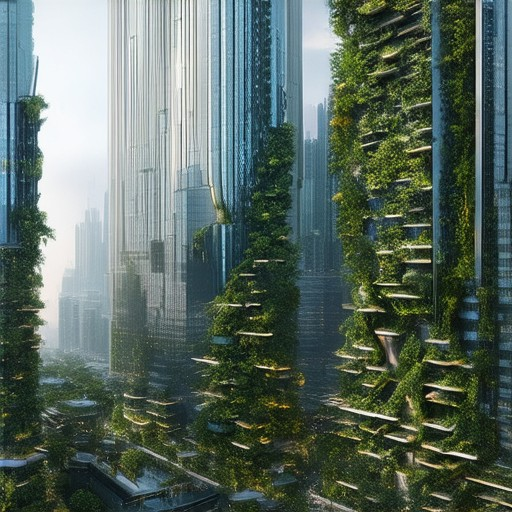
Example of Urban Sustainability
Urban sustainability refers to the practice of creating and managing cities in an environmentally responsible and socially equitable manner. It focuses on reducing environmental impacts while improving the quality of life for urban residents. Here are some key components and examples:
- Green Infrastructure :
- Example : The Empire State Building in New York City has implemented energy-efficient upgrades, including a green roof that covers 20,000 square feet, reducing energy consumption by 15% annually.
- Public Transportation Systems :
- Example : Cities like Copenhagen and Portland have developed extensive public transit networks, including bike-sharing programs and electric buses, significantly lowering carbon emissions and traffic congestion.
- Urban Forests and Tree Planting :
- Example : London’s Greater London Authority has planted over 600,000 trees since 2010, enhancing air quality and providing habitats for wildlife, contributing to urban biodiversity.
- Rainwater Harvesting and Water Management :
- Example : Singapore’s Public Utilities Board has installed over 50,000 rainwater harvesting systems, helping to conserve water and mitigate flood risks.
- Waste Reduction and Recycling :
- Example : San Francisco’s Recycling and Waste Services implement innovative programs, including curbside composting and a widespread recycling network, reducing landfill dependency.
- Renewable Energy Integration :
- Example : Berlin’s city government promotes large-scale solar and wind energy projects, aiming to transition the city to 100% renewable energy by 2050.
- Community Engagement :
- Example : Toronto’s City of Toronto partners with local organizations to organize annual “Clean Up the City” events, involving thousands of volunteers in urban beautification and environmental education.
- Smart City Technologies :
- Example : Barcelona uses smart city technologies like IoT-enabled sensors to optimize traffic management and energy use, enhancing efficiency and reducing environmental impact.
These examples illustrate how urban sustainability integrates various strategies to create healthier, more livable, and ecologically sound cities.
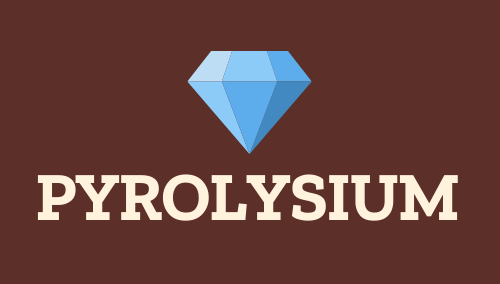
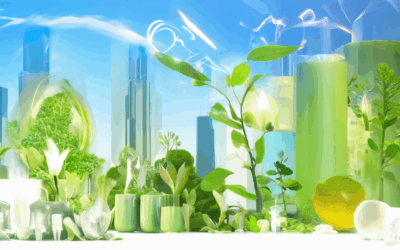
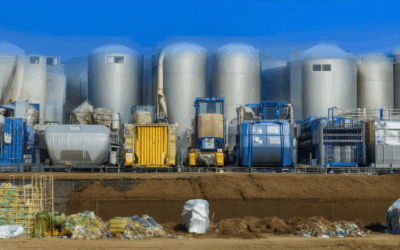
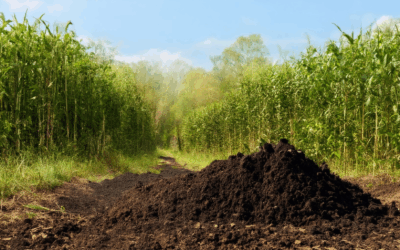
0 Comments